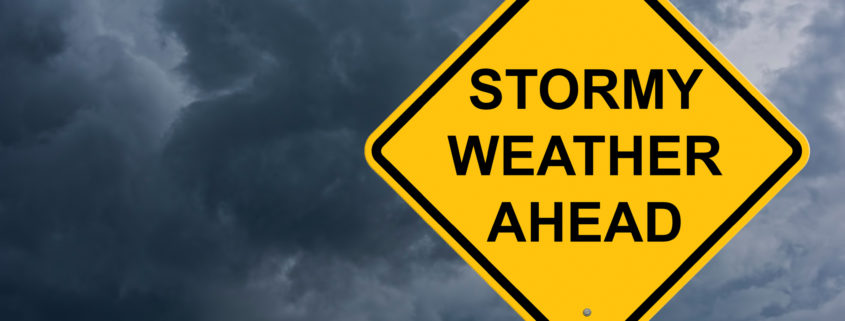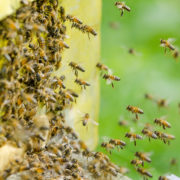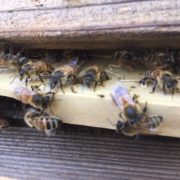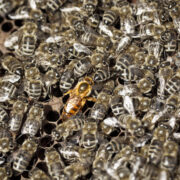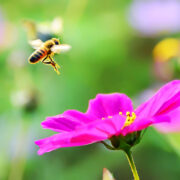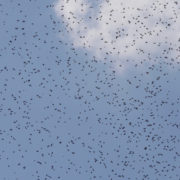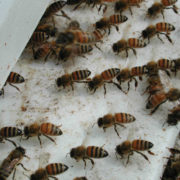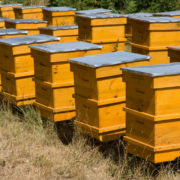Overwintering Honeybees In California
A common debate among beekeepers in California and other temperate regions is whether a beehive overwinters better if it continues foraging and raising brood during the mild California winter, or if the colony is better off completely shutting down as it would do in a cold weather climate. There are good arguments for, and against, both.
Most southern climate beekeepers instinctively appreciate the idea of a colony that keeps its momentum going by continuing to forage and raise brood year-round. Foraging bees bring in new pollen and nutrition. This enables the colony to keep rearing new brood, which gives a boost to the population during the off-season. In theory, this year-round population boost seems like a great idea. When weather conditions are right, the extra brood typically makes a positive contribution to the overall size and robustness of the colony as it enters the early spring season.
The flip side, however, is that foraging behavior during the cooler and more volatile California weather in December can be perilous for bees if the weather does not cooperate. Foraging bees always face a certain level of risk every time they head out of the colony. With every flight, a foraging bee risks getting eaten by birds, drowning in unsafe water, getting lost, being caught in a spider web, getting hit by a car, etc. One of a foraging bee’s biggest risks, however, is being caught away from the hive during a sudden change of weather. For instance, a foraging bee may leave the hive when the weather is pleasant, only to encounter a sudden drop in temperature or the start of a rain storm. This leaves the individual bee in a precarious situation. As a coldblooded creature, it cannot warm itself. If the foraging bee becomes too cold or wet, it could lose its ability to fly home, causing it to perish and never return. This scenario happens fairly frequently in otherwise temperate parts of California. Sometimes, during December, we see perfectly healthy colonies dropping population, especially when the eucalyptus is blooming but the weather is volatile. Southern California beekeepers even have a name for this phenomenon: “Winter dwindle.”
A few years ago, the USDA conducted a test of a local California beekeeper’s bees, comparing the colonies that he placed in the cold mountainous areas (which forced the bees to completely shut down), to those that he placed in the temperate coastal areas (where the bees kept foraging and raising brood throughout the winter). The USDA concluded that due to the “winter dwindling” effect, the bees in the mountains that completely shut down actually ended the winter with a higher overall population than the bees that kept raising brood and foraging.
Additional guidance on overwintering honeybees is available from our friends at Porch.com. For further information please visit “Busy Bees: How to Keep Your Hive Buzzing Year-Round.”

